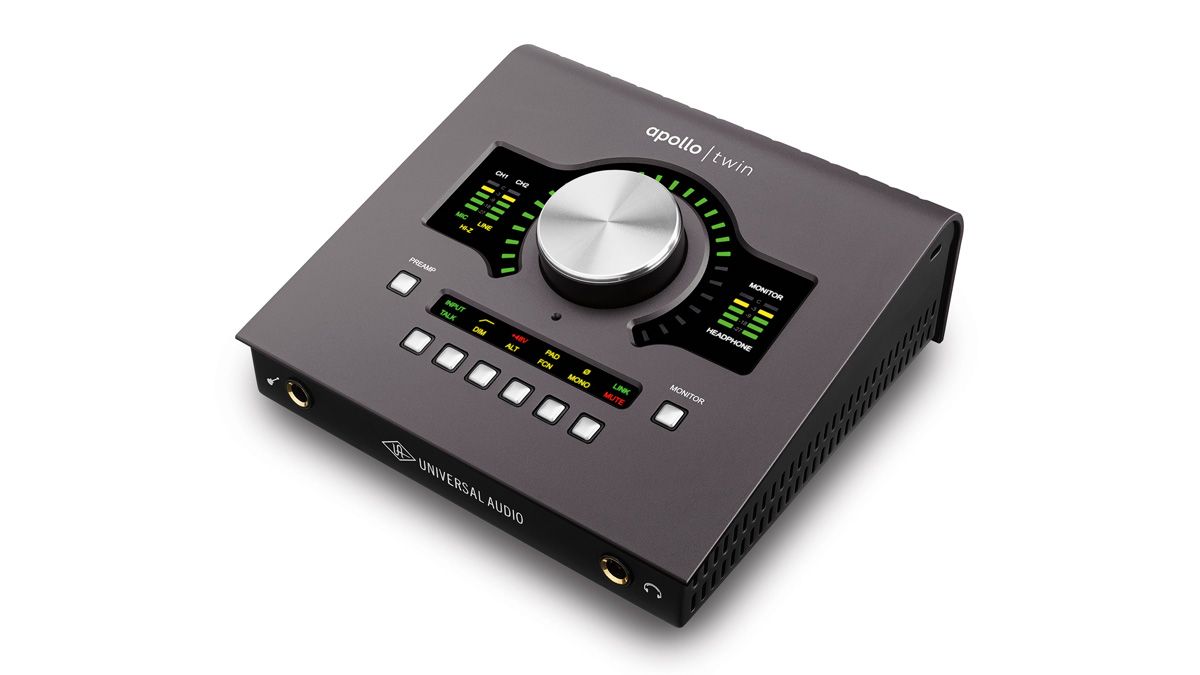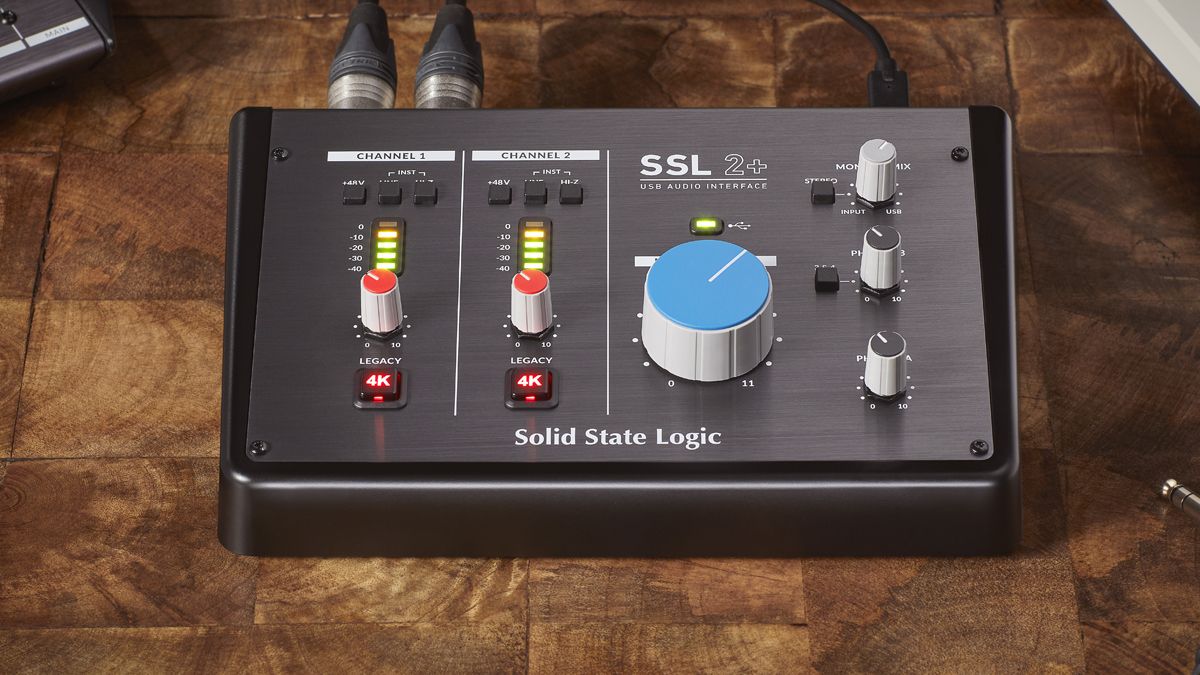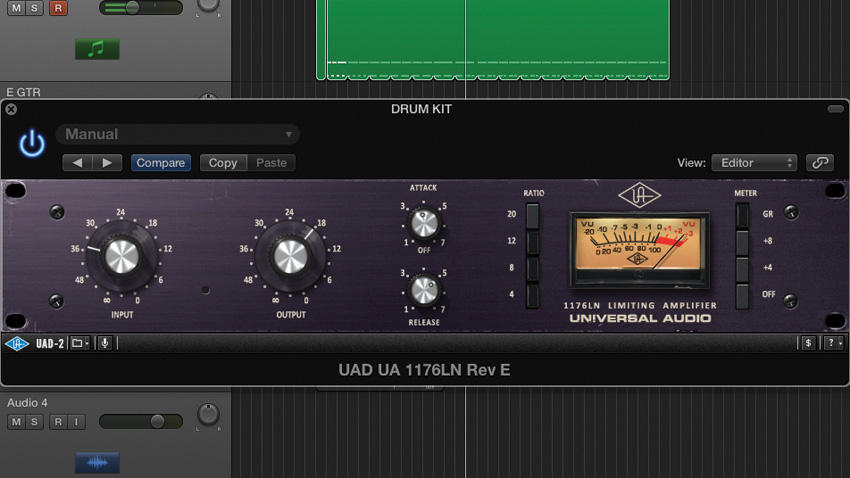

- TRACKING WITH UAD PLUGINS INSIDE DAW UPGRADE
- TRACKING WITH UAD PLUGINS INSIDE DAW FULL
- TRACKING WITH UAD PLUGINS INSIDE DAW PROFESSIONAL
- TRACKING WITH UAD PLUGINS INSIDE DAW FREE
If your CPU can't keep up, you may hear clicks, pops, or distortion, and you'll have to set the buffer higher until there are no audible artifacts. The amount of latency affecting a recorded signal is directly tied to your CPU's ability to run at the low buffer settings needed to keep latency to a minimum.
TRACKING WITH UAD PLUGINS INSIDE DAW FULL
While this can work, it's not the same as hearing the full effected signal during tracking, and it can restrict your ability to monitor plugin effects while you record.

To achieve a similar result with native plugins, you usually have to use your DAW's latency compensation feature, which bypasses any plugins that induce latency over a certain threshold so you don't notice any delay between playing a note and hearing it. Generally, DAWs will allow you to choose between recording a dry signal and recording with the DSP plugin effects printed to the track in real time.ĭSP technology lowers your recording latency if you're recording through plugins.

The plugins that come with many DSP units also feature licensed emulations of classic hardware gear, providing extra creative tools to shape your recording and mixing. With DSP technology in your recording setup, you can record and monitor through complex DSP plugin chains with extremely low latency: down to 1 ms or less. When Is DSP the Right Move? Reducing Recording Latency
TRACKING WITH UAD PLUGINS INSIDE DAW UPGRADE
You can easily transfer a DSP unit if you decide to upgrade your recording computer-just reinstall the card or plug the DSP interface into the new computer.
TRACKING WITH UAD PLUGINS INSIDE DAW FREE
The purpose of a DSP, in any form, is to take on some of the plugin processing load and free up your CPU.
TRACKING WITH UAD PLUGINS INSIDE DAW PROFESSIONAL
Some DSP bundles feature a card and an interface to provide maximum flexibility and processing power for the largest professional projects. DSP hardware devices come bundled with plugins that are designed to run using the processing chips in the devices. What Is a DSP Device?ĭSP units come in several forms: accelerator cards that can be installed directly into a PCIe slot in a computer, PCIe cards mounted in external enclosures, DSP-only devices that typically connect to the computer via Thunderbolt, or DSP units within audio interfaces, which can serve as all-in-one solutions for inputs, outputs, and signal processing. The obvious tradeoff with DSP plugins is that, to take advantage of what they have to offer, you'll need to invest in some hardware-which brings us to DSP devices. These DSP chips are optimized to deal with audio signals and can enable much larger and more complex projects. What Is a DSP-Powered Plugin?ĭSP stands for digital signal processor, so a DSP-powered plugin, as the name suggests, runs on a separate processor from your computer's CPU: a separate, dedicated accelerator card or audio interface equipped with its own processing chips. You'll then have to freeze or bounce tracks in place with the plugins rendered to audio, or you'll need to reduce the number of plugins in your session. Depending on your CPU power, you may hit the limit of how many native plugins you can run before your computer chokes up and stops playback or recording. However, with native plugins you may notice that the processing load starts to mount up, which can slow your system down and lead to high recording latency or processor overloads. Your DAW's collection of native plugins can be used on the go without lugging around additional hardware, and it could include all the sounds you need, depending on your project's scale. Many producers have go-to native plugins they couldn't do without. Some are coded specifically for the DAW you use, while others are developed to work with any number of applications. Native plugins are powered solely by your computer's CPU. The difference is simple: native plugins are processed by your computer's CPU, while DSP plugins are processed on dedicated hardware.īut when should you go for native plugins, and when is DSP the best choice? To answer that, you have to start with what's happening under each architecture's hood.

More creative options means more decisions, including whether you'll use native versus DSP plugins. Plugins have revolutionized music production, enabling near-limitless creative possibilities-as long as your computer system is up to the task.


 0 kommentar(er)
0 kommentar(er)
